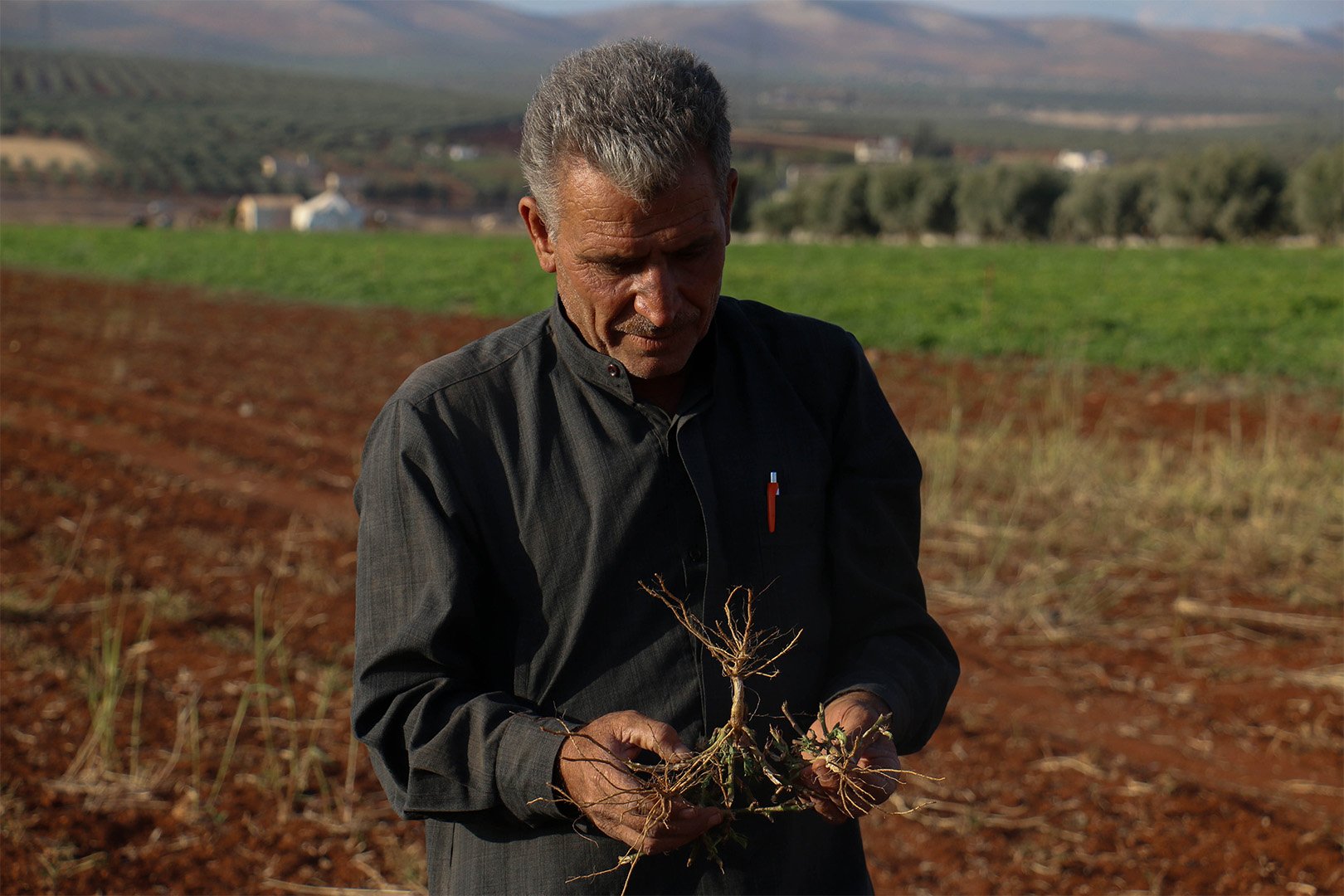
For the first time, the UN’s annual climate change conference is putting a spotlight on the overlap between conflict and the climate crisis, and on the pressing need to address its neglected humanitarian consequences.
As COP28 begins in Dubai, the urgency for more climate financing to be directed to conflict settings—and the challenges of getting that money into the hands of the people who need it most—are on full display in opposition-held northwest Syria. A years-long drought is compounding the suffering caused by ongoing conflict, earthquakes that struck the region earlier this year, and the longer-term effects of 12-and-a-half years of civil war.
Since the beginning of October, the northwest has also been experiencing the most intense military escalation by the Syrian regime and Russia in nearly three years. More than 70 people have been killed and over 120,000 have been displaced by the air-strikes, according to the UN’s emergency aid coordination body, OCHA.
Around 4.5 million people live in northwest Syria, which is controlled by a mix of rebel groups. Around 4.1 million of the residents depend on some form of humanitarian assistance, and 2.9 million are internally displaced, with many having been forced from their homes in other parts of the country.
The amount of assistance provided by the international community has long fallen short of meeting the needs of the population, which have increased since the earthquakes. The political situation in northwest Syria also poses major barriers to the delivery of aid…
Local resilience
Meanwhile, in the areas surrounding the Qastoun reservoir in northwest Idlib and in northern Hama [provinces], local authorities have been working on increasing water availability.
Imad al-Khalaf, director of irrigation for the Water Resources Directorate of the Syrian Salvation government, run by Hayat Tahrir Al-Sham, told The New Humanitarian that the Qastoun reservoir has lost 85% of its water since 2017. Around 10,000 people in the local area rely on the dam for water.
“The Syrian regime has [previously] bombed pumping stations bringing water from the Orontes River to the dam,” said al-Khalaf, who added that thousands of hectares of cultivated land have been lost in the area since the start of the conflict in 2011.
“We’re working on some partial solutions, including clearing the irrigation canals and waterways fed by springs in the area and directing them towards the dam and surrounding farms,” al-Khalaf added.
Despite these efforts, there is still not enough water available for farmers.
— Melissa Pawson and Mahmoud Abo Ras for The New Humanitarian, Nov. 30 (excerpt)
See our last reports on the UN climate process, northwest Syria, and this year’s earthquake.
Climate change and water scarcity have already been implicated in sparking the Syrian war.
Photo: Mahmoud Abo Ras/TNH




